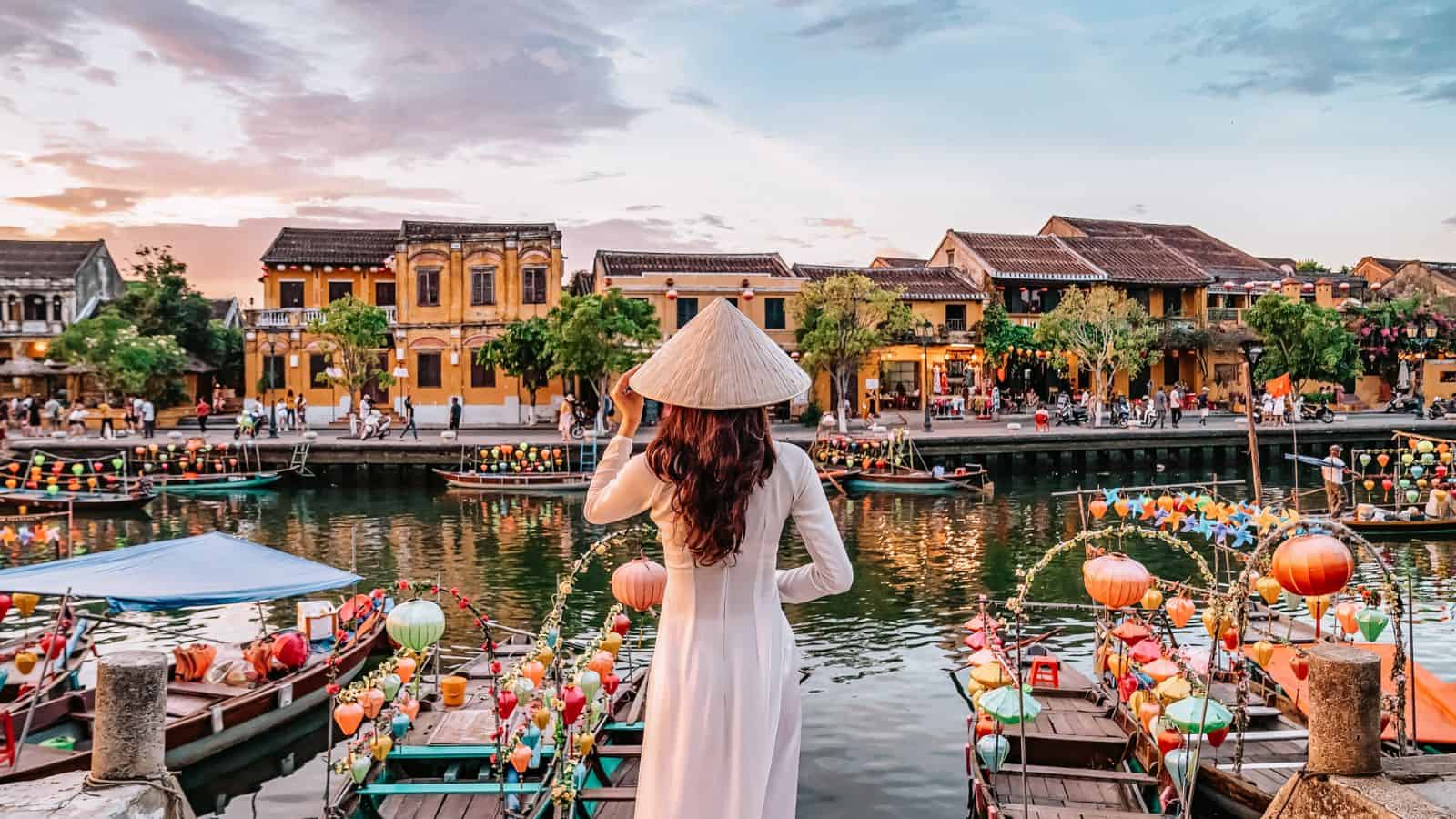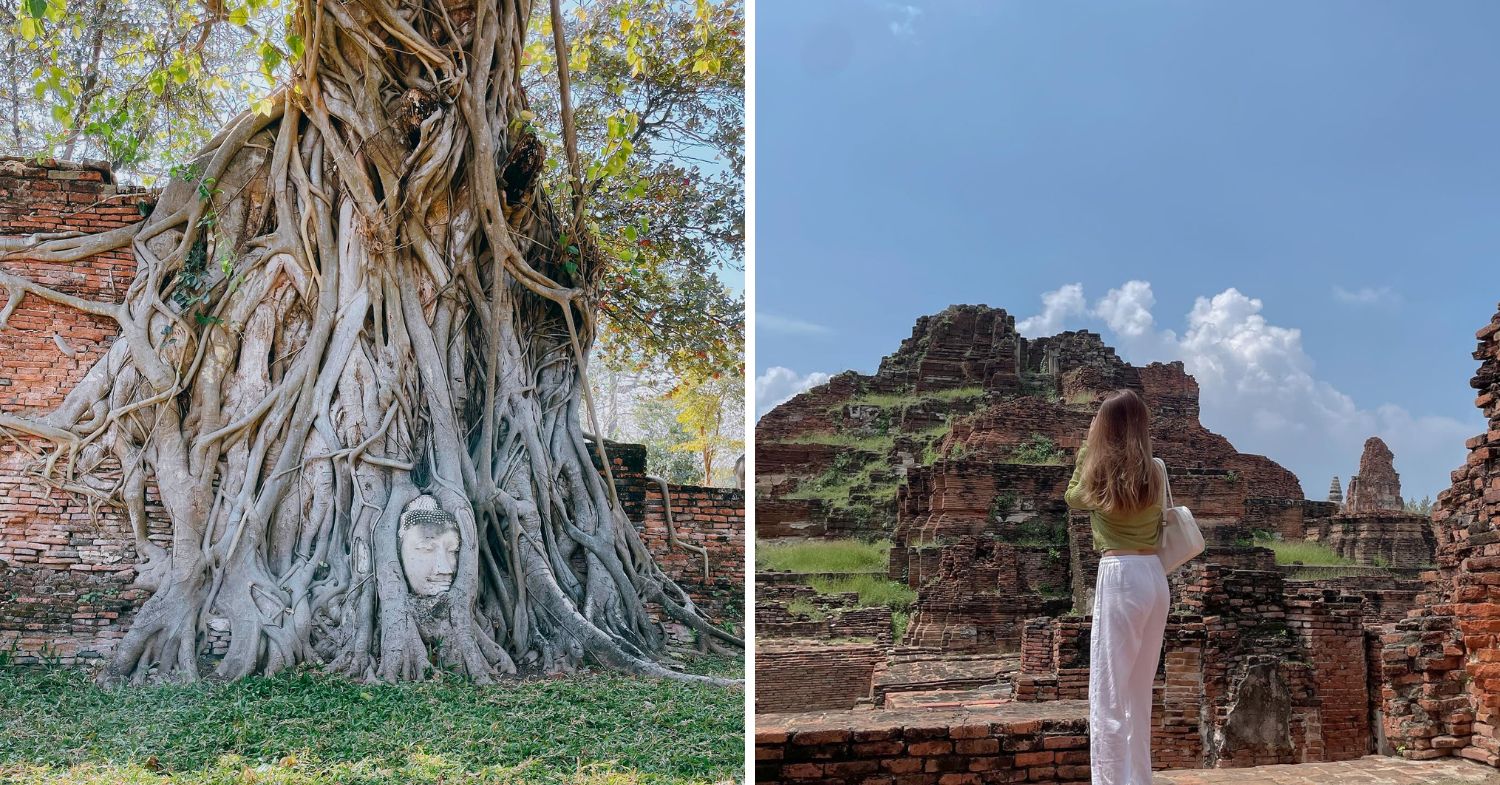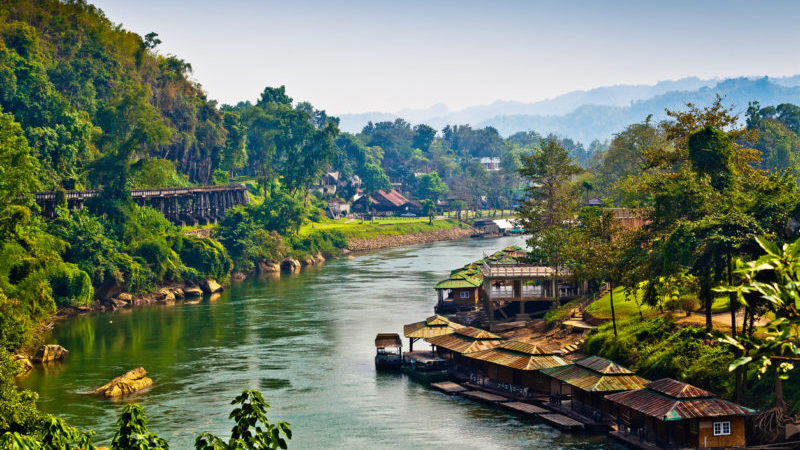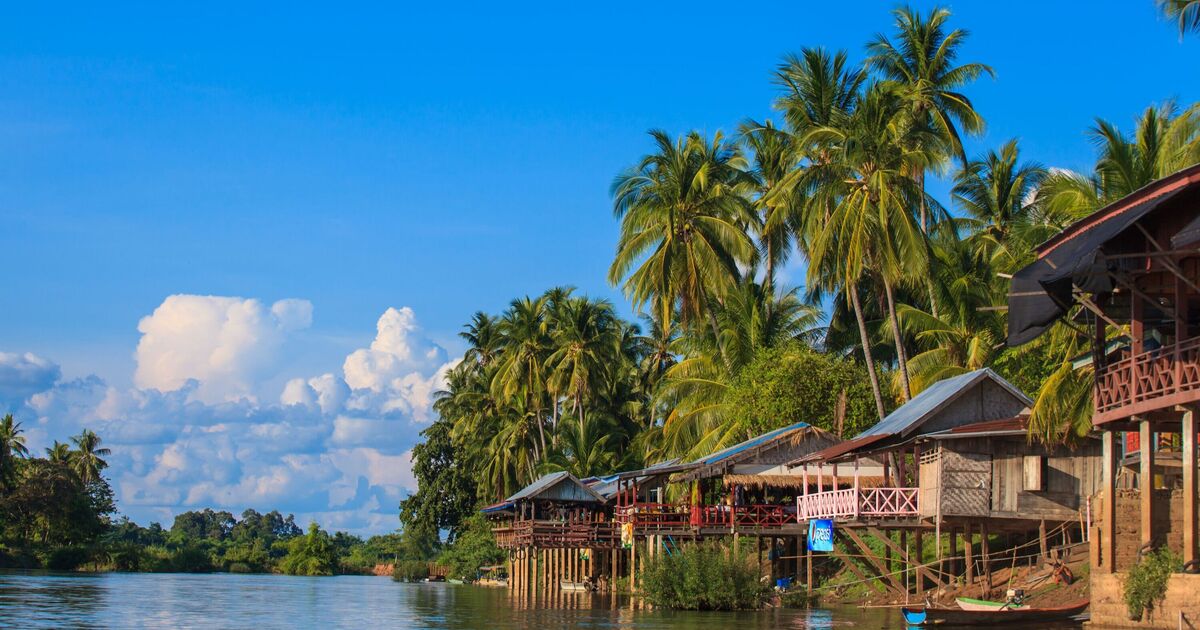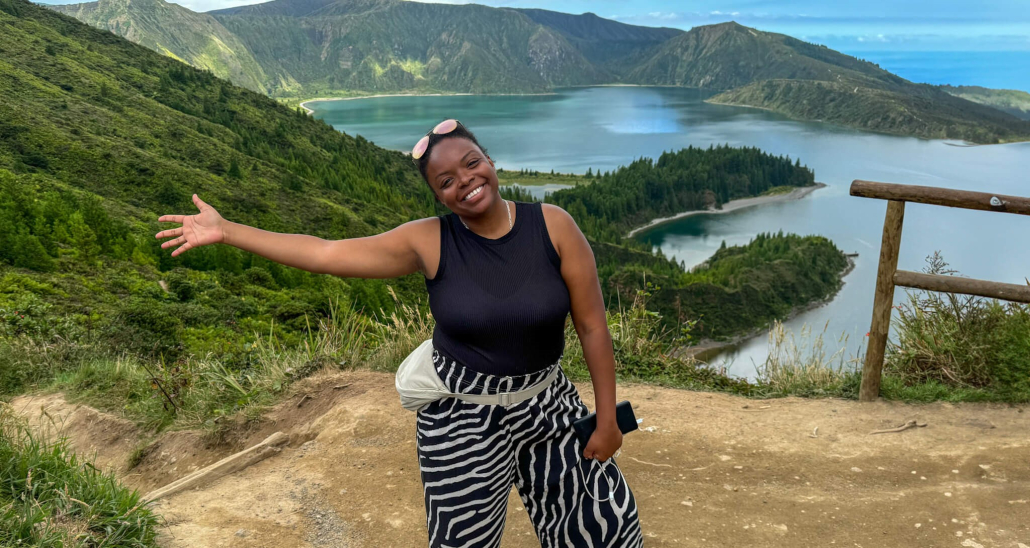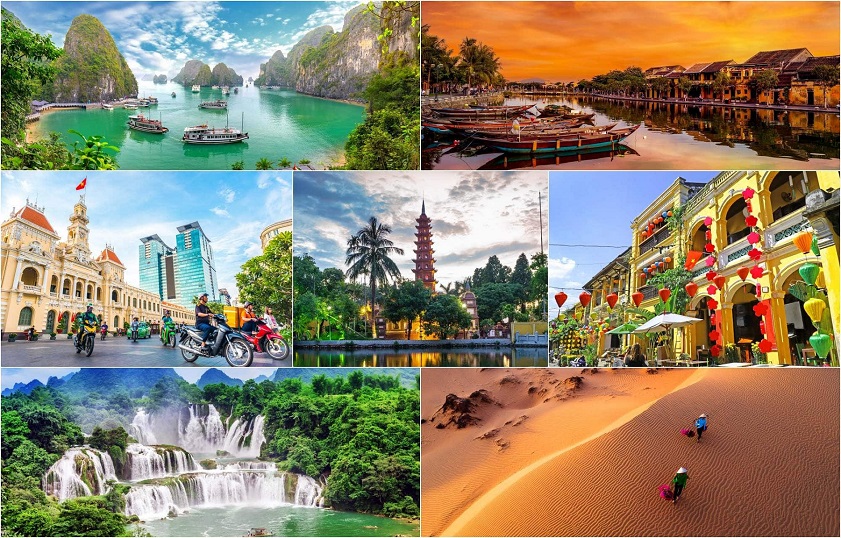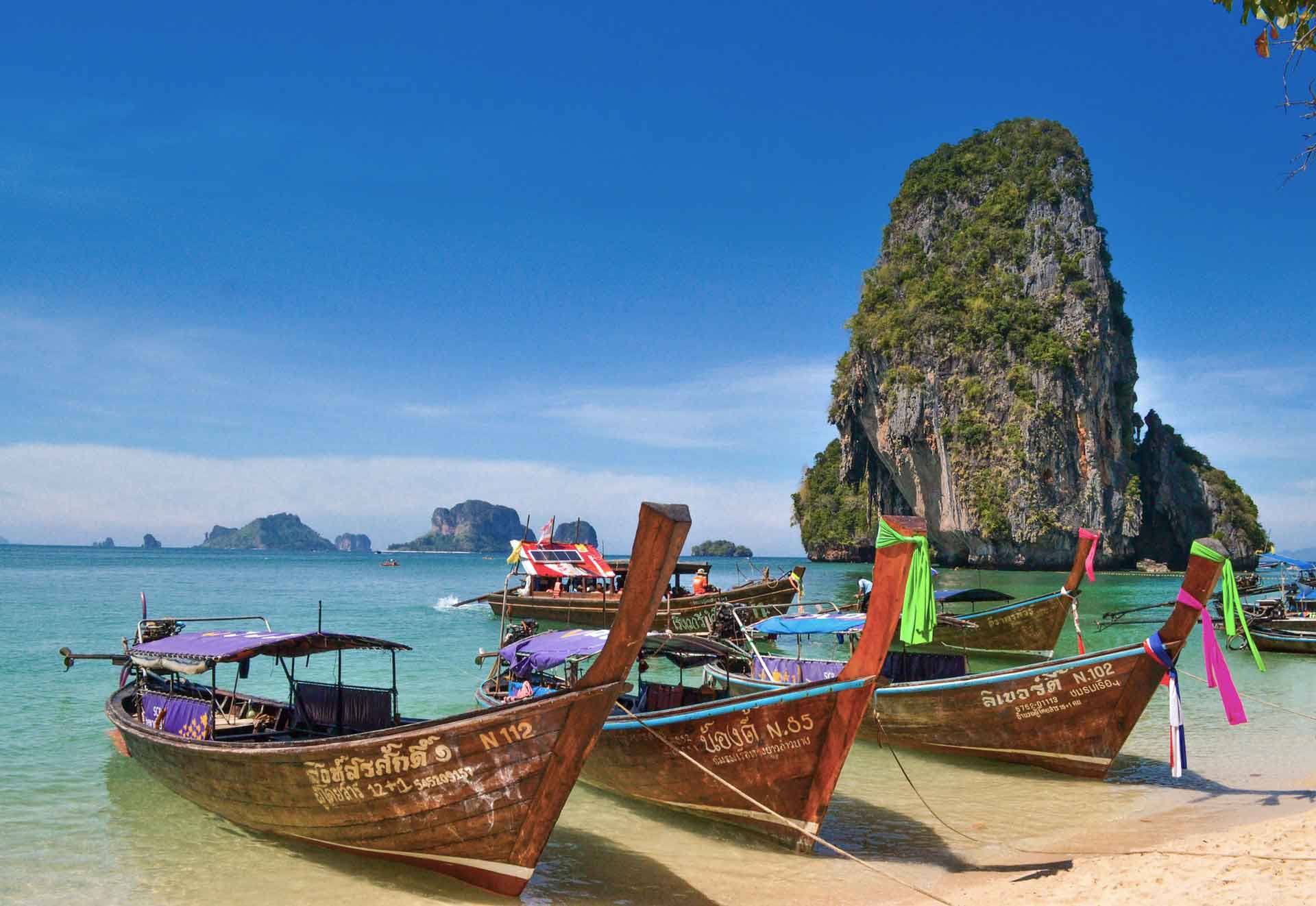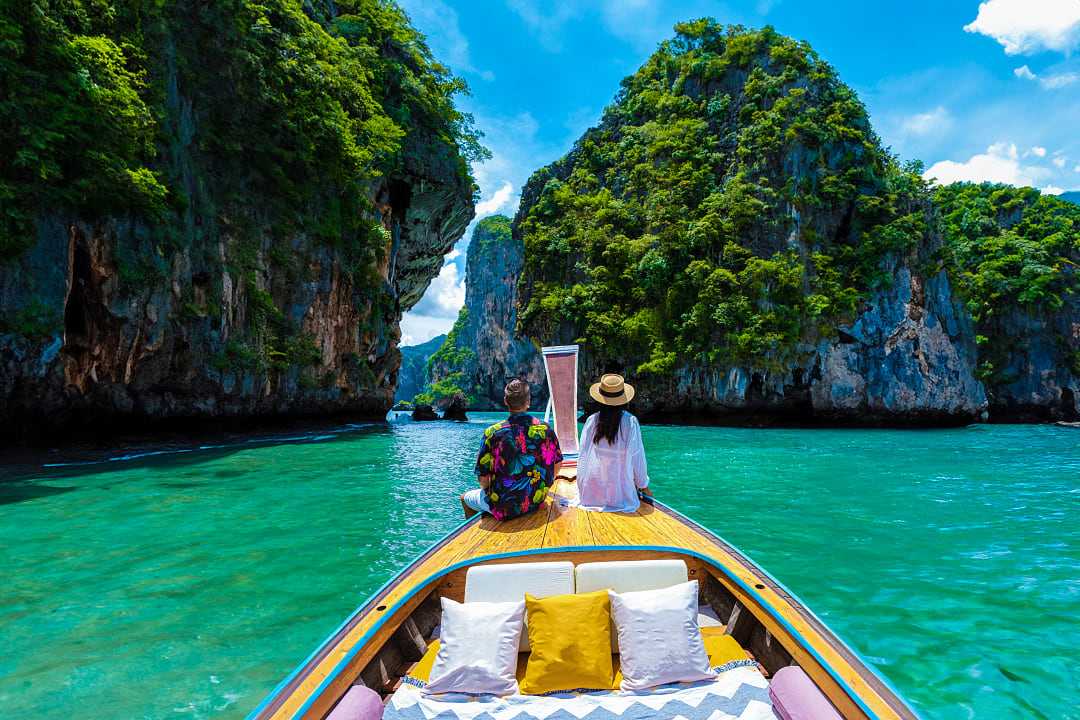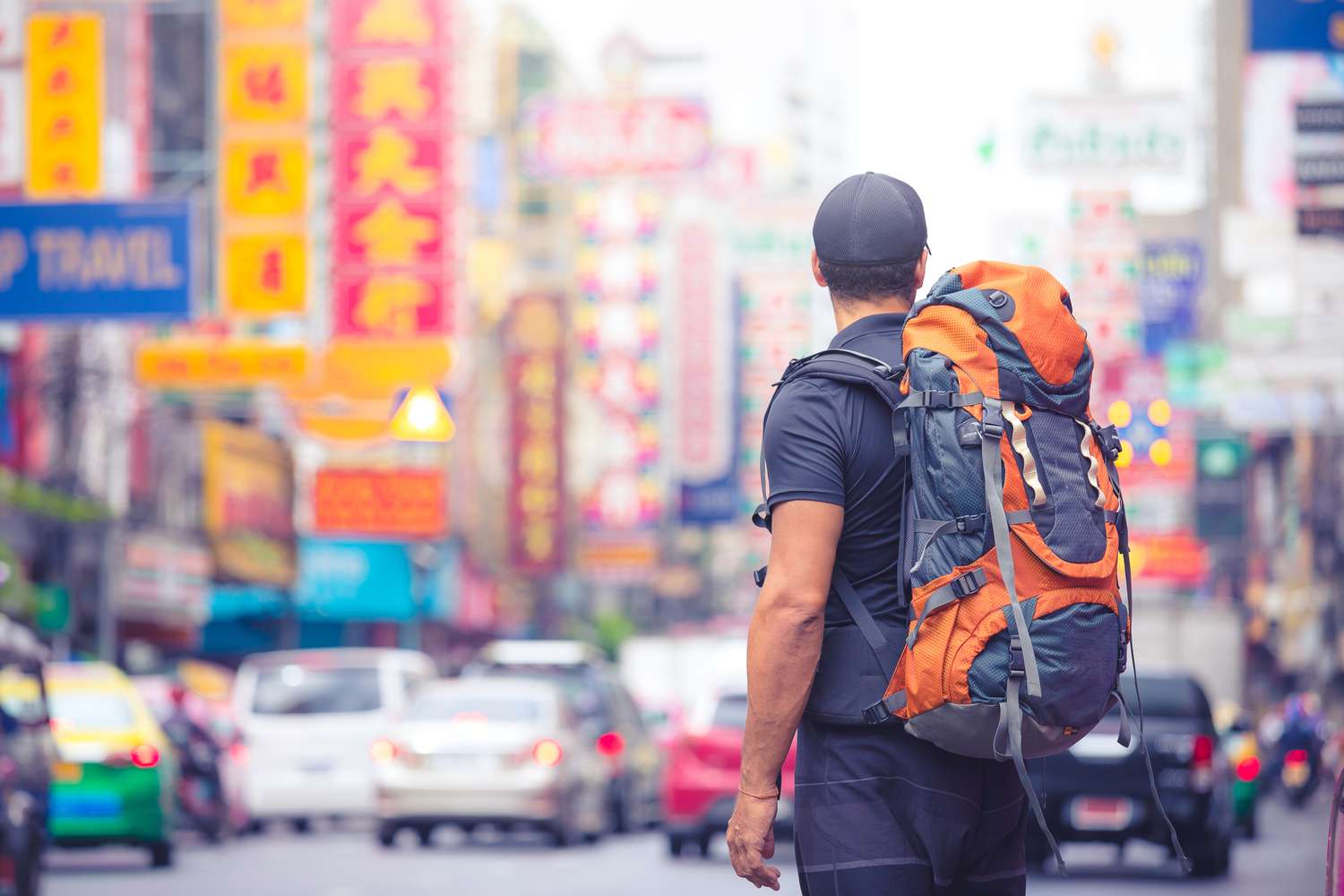
Why Explore Asia Beyond the Usual Tourist Spots: A Solo Traveler’s Guide to Authentic Adventure
Asia—vast, diverse, and endlessly fascinating—has always been a magnet for travelers seeking adventure, culture, and the unexpected. But for many Western travelers, particularly young Brits and Americans, Southeast Asia has become a rite of passage, almost a checklist destination. Thailand, Bali, Vietnam, and Cambodia are everywhere on Instagram feeds and travel blogs, and their popularity is undeniable. Yet, there’s a whole world beyond these well-trodden paths, waiting to be explored by the curious, the adventurous, and those seeking experiences that feel truly authentic.
If you’ve ever wondered why so many young travelers flock to Southeast Asia, even without historical or cultural connections to the region, this guide will unpack the reasons—and show you why venturing beyond the tourist hotspots can transform your trip into a once-in-a-lifetime adventure.
1. The Allure of the Unknown: Why Asia Feels Exotic
Let’s start with the obvious: Southeast Asia feels different. The temples, the street food, the warm, tropical climate—it’s a world apart from Europe or North America. But why do we, as Western travelers, crave this difference?
It’s not just the weather or the affordability. There’s something about encountering a culture that feels untouched by your own history that sparks curiosity. Walking through a bustling market in Hanoi, watching monks in saffron robes in Luang Prabang, or discovering a hidden waterfall in Laos, you experience a reality completely unlike your own.
The sense of novelty is thrilling. It’s like stepping into a storybook: from ancient temples and samurai traditions to remote villages where life seems unchanged for centuries, Asia offers moments that are hard to find at home. For many travelers, this contrast between familiarity and novelty is addictive.
2. Adventure on a Budget: The Practical Appeal
Let’s be honest: Southeast Asia is affordable. For young travelers or those taking a gap year, this makes a huge difference. With just £1000, you can explore Thailand, Laos, or Cambodia for weeks. Rail journeys, street food, budget hostels, and local experiences allow you to stretch your money further than almost anywhere else in the world.
-
Thailand: Imagine a day starting with a sunrise temple visit, followed by a £5 river crawl with unlimited shots, a moped ride through winding mountain roads, and ending with a beachside BBQ. All within a day—and all without breaking the bank.
-
Laos: Laos is serene, remote, and breathtakingly beautiful. From Kuang Si Falls to the peaceful banks of the Mekong, it’s an authentic adventure for those willing to step off the beaten path.
-
Vietnam: Affordable street food, vibrant markets, and rich cultural heritage make Vietnam a must-visit for budget travelers seeking both comfort and adventure.
Budget is only one part of the appeal. Easy accessibility, friendly locals, and well-developed infrastructure for travelers make Southeast Asia not just cheap, but convenient and safe—a rare combination in developing regions.
3. The Thrill of Authenticity: Beyond the Tourist Traps
Thailand’s islands are beautiful, yes—but beyond the beaches lies a wealth of experiences that feel untouched. When you go deeper into the country, away from the tourist hubs:
-
You may ride through remote mountain villages, where no Western tourist has set foot.
-
Explore national parks where wildlife is abundant and landscapes are untouched.
-
Visit small temples and monasteries, where monks live simple, contemplative lives.
The appeal of these “authentic” experiences is profound. It’s not just about escaping the crowds—it’s about discovering moments that you’ll remember forever. Small, unexpected adventures often eclipse the grand tourist attractions. A quiet café in a Vietnamese town, watching locals chat and laugh, can be far more memorable than the crowded streets of Bangkok.
4. Culture, Spirituality, and the Exotic
Many travelers cite spirituality as a reason for visiting Southeast Asia. While the UK has its own spiritual sites, the spiritual energy of Asia is different. The blend of Buddhist rituals, Taoist traditions, Hindu influences, and Islamic culture in Southeast Asia offers a kaleidoscope of experiences that can’t be replicated at home.
-
Temples and Monks: Observing monks perform rituals, meditating in serene temples, or participating in local festivals creates a deep connection to a culture very different from your own.
-
Warrior Traditions: For those fascinated by history, Asian warrior classes like samurai and ninjas carry an allure similar to the fascination Europeans feel for medieval knights and castles. These stories are alive in the architecture, museums, and festivals across the continent.
This exotic cultural tapestry appeals to travelers who want more than just beaches and nightlife—they want to immerse themselves in something completely different from their own world.
5. Nature Beyond Imagination
Southeast Asia’s landscapes are otherworldly. From the limestone karsts of Halong Bay to the dense jungles of Borneo, the region offers a variety of natural environments that can feel magical:
-
Mountains and Waterfalls: Trekking through remote valleys in Laos or northern Thailand allows you to witness pristine landscapes few others see.
-
Wildlife Encounters: Monkeys, monitor lizards, tropical birds, and even elephants in sanctuaries offer opportunities to connect with nature in ways that city life rarely allows.
-
Diving and Snorkeling: Crystal-clear waters around Thailand, Indonesia, and the Philippines offer some of the world’s best underwater adventures.
Even seasoned travelers often remark that the “unseen” places, the less photographed landscapes, are the ones that linger in memory long after the trip ends.
6. The Social and Adventurous Lifestyle
One of the biggest draws for young travelers is the social atmosphere. Backpackers and solo travelers converge in hostels, cafes, and bars, creating communities of like-minded adventurers.
-
Meeting people from around the world while sharing experiences builds connections and stories you’ll remember for life.
-
Adventure activities—from bungee jumping to river rafting, jungle trekking to moped expeditions—keep the adrenaline high.
-
Festivals like Songkran in Thailand provide cultural immersion combined with pure, unadulterated fun.
The combination of affordability, safety, and social opportunity makes Southeast Asia the ideal playground for young adventurers looking to live life fully before returning home.
7. The Mindset of the Traveler
Why do some people obsess over exploring remote countries while others prefer traditional vacation spots? It’s a mindset. Travelers seeking adventure are looking for stories, experiences, and memories that are different from everyday life.
-
Exploring the Unfamiliar: Remote villages, little-known national parks, and historic ruins off the main tourist trail captivate those seeking something unique.
-
Personal Growth: Traveling alone or with friends to countries vastly different from your own encourages independence, adaptability, and empathy.
-
Breaking Routine: For young travelers with few responsibilities, it’s a chance to escape the ordinary and immerse themselves in the extraordinary.
This mindset is what turns a simple trip into a transformative experience.
8. Beyond Southeast Asia: Hidden Gems Across Asia
While Thailand, Bali, and Vietnam are famous, Asia has countless other destinations that remain largely undiscovered by Western travelers:
-
Myanmar: Stunning temples, serene landscapes, and authentic local culture make Myanmar a hidden treasure.
-
Sri Lanka: From golden beaches to lush tea plantations and ancient ruins, Sri Lanka offers a compact adventure with diversity.
-
Japan: Beyond Tokyo and Kyoto, rural Japan and historic castles provide a mix of culture, nature, and tranquility.
-
Central Asia: Kyrgyzstan, Uzbekistan, and Tajikistan offer vast mountain landscapes, Silk Road history, and nomadic traditions largely unknown to most travelers.
The trick is to balance accessibility with authenticity—seek places where tourism hasn’t diluted the experience, yet basic infrastructure still exists to ensure safety and convenience.
9. How to Travel Beyond the Tourist Trail
For those ready to step off the beaten path, here are practical tips:
-
Do Your Research: Read local blogs, guides, and travel forums to identify lesser-known destinations.
-
Travel Slowly: Spending more time in fewer places allows deeper exploration and richer experiences.
-
Engage Locals: Ask residents about hidden gems—they often know the best spots.
-
Be Respectful: Learn local customs, dress codes, and etiquette. Authentic travel requires humility.
-
Safety First: Even remote destinations can be safe with proper precautions. Check local advisories and travel insurance.
10. The Takeaway: Why Asia Remains Irresistible
Asia’s charm lies in its contrasts: affordability yet luxury, adventure yet serenity, familiar yet exotic. Its landscapes, cultures, and people create experiences that are unforgettable. Whether it’s wandering through a quiet village in Laos, exploring ancient temples in Cambodia, or sampling street food in Hanoi, Asia offers moments that are impossible to replicate elsewhere.
Venturing beyond the usual tourist spots allows travelers to witness the continent’s true diversity, creating memories and stories that will last a lifetime. For those willing to take the leap, the rewards are limitless.


